Author: Steve Thanos
Believed by many to contribute a distinctive spice character to beer, rye is a huskless cereal grain that sports a relatively high amount of beta-glucan, a soluble fiber that has the effect of increasing perceived body. While larger proportions can create issues when it comes to lautering, this hasn’t stopped brewers from using rye in styles ranging from pale lager to Imperial Stout.
Similar to barley, rye can be malted such that it’s capable of enzymatically converting starches into fermentable sugars, meaning it can be used as the primary base grain in a recipe. Flaked rye, on the other hand, goes through a gelatinization process that makes the starches readily available to enzymes, though it’s incapable of self-conversion. While some believe rye malt and flaked rye can be used interchangeably when used as a specialty grain, others believe they contribute unique characteristics.
Over the years I’ve been brewing, I’ve come to love what rye can add to beer and find myself using it in a wide range of styles. Having often wondered about the purported differences between rye malt and flaked rye, I decided to design an xBmt to test it out for myself.
| PURPOSE |
To evaluate the differences between an American Pale Ale made with a portion of rye malt and one made with the same amount of flaked rye.
| METHODS |
With the hope of keeping any differences in the spotlight, I went with a simple American Pale Ale recipe for this xBmt.
Viral Espionage
Recipe Details
| Batch Size | Boil Time | IBU | SRM | Est. OG | Est. FG | ABV |
|---|---|---|---|---|---|---|
| 5 gal | 60 min | 39.4 | 4.3 SRM | 1.054 | 1.013 | 5.38 % |
| Actuals | 1.054 | 1.013 | 5.38 % | |||
Fermentables
| Name | Amount | % |
|---|---|---|
| Pilsner | 8 lbs | 80 |
| Rye Malt OR Flaked Rye | 2 lbs | 20 |
Hops
| Name | Amount | Time | Use | Form | Alpha % |
|---|---|---|---|---|---|
| Mosaic | 14 g | 60 min | Boil | Pellet | 12.3 |
| Mosaic | 14 g | 10 min | Boil | Pellet | 12.3 |
| Mosaic | 28 g | 5 min | Boil | Pellet | 12.3 |
Yeast
| Name | Lab | Attenuation | Temperature |
|---|---|---|---|
| Cablecar (L05) | Imperial Yeast | 75% | 32°F - 32°F |
Notes
| Water Profile: Ca 40 | Mg 13 | Na 9 | SO4 10 | Cl 14 |
Download
| Download this recipe's BeerXML file |
After getting 2 identical volumes of filtered water heating up, I weighed out and milled the grains, keeping the flaked rye to side since it doesn’t need to be crushed.
Once the water for each batch was adequately heated, I incorporated the grains then checked to make sure both were at the same target mash temperature.
Each mash was left to rest for 60 minutes, during which they were stirred intermittently.
While waiting, I weighed out the kettle hop additions.
Once each mash was complete, I removed the grains and boiled each wort for 60 minutes before quickly chilling them.
Refractometer readings showed both worts achieved the same target OG
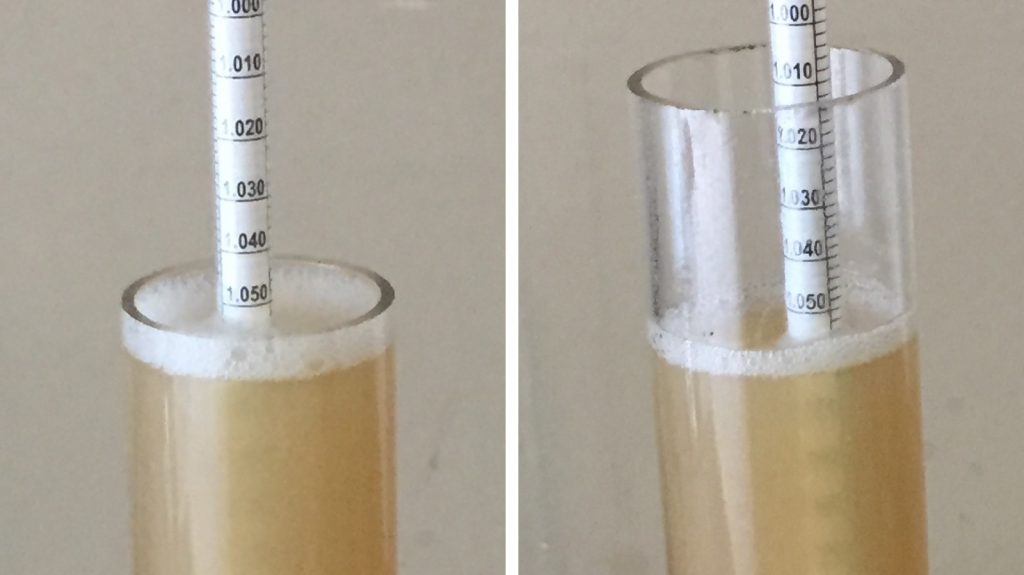
The filled carboys were placed in my chamber and left to finish chilling to my desired fermentation temperature of 68°F/20°C for a couple hours before I pitched a pouch of Imperial Yeast L05 Cablecar into each.
With signs of activity absent 2 weeks later, I took hydrometer measurements showing the one made with rye malt finished a couple SG points higher than the flaked rye version.
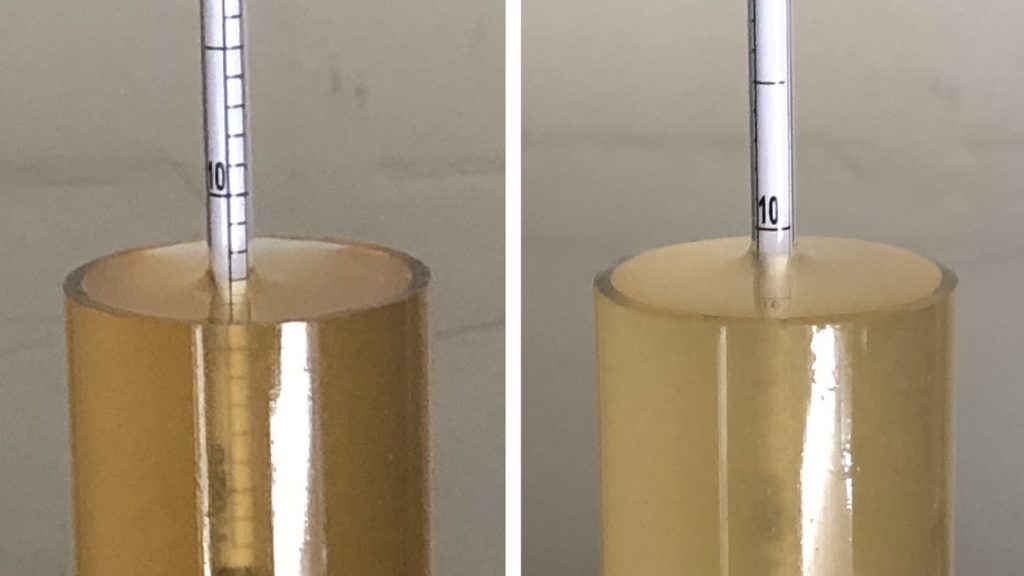
At this point, I pressure transferred the beers to CO2 purged kegs and placed them in my keezer where they were burst carbonated overnight before I reduced the gas to serving pressure. After a week of conditioning, the beers were ready for evaluation.
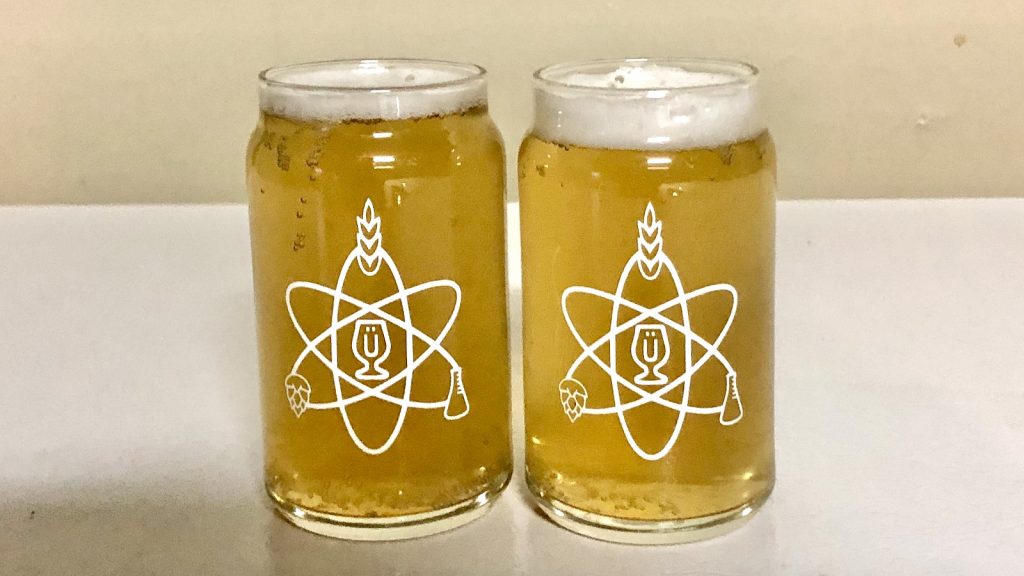
| RESULTS |
A total of 20 people of varying levels of experience participated in this xBmt. Each participant was served 2 samples of the beer made with rye malt and 1 samples of the beer made with flaked rye in different colored opaque cups then asked to identify the unique sample. While 11 tasters (p<0.05) would have had to accurately identify the unique sample in order to reach statistical significance, 9 did (p=0.19), indicating participants in this xBmt were unable to reliably distinguish an American Pale Ale made with rye malt from one made with the same amount of flaked rye.
My Impressions:Out of the 5 semi-blind triangle tests I attempted, I correctly identified the odd-beer-out 4 times. To my palate, the beer made with flaked rye was just slightly sweeter than the rye malt version, and while this certainly didn’t ruin the beer, I preferred the latter in this Pale Ale.
| DISCUSSION |
Rye has a long history of use in brewing and has seen a bit of an uptick in interest over the last decade, with brewers using relatively small amounts as a way to improve body and mouthfeel while also contributing a unique flavor. The two most common forms of rye are malted and flaked, which many view as being essentially identical, though some claim impart their own distinct characteristics. Confirming the former, tasters in this xBmt were unable to reliably distinguish an American Pale Ale made with a portion of rye malt from one made with the same amount of flaked rye.
While there are certain styles that call for large amounts of rye, most brewers use it at a rate of 10-20% as a supplement to other grains. I went with 20% for this xBmt in hopes of emphasizing any impact the malted and flaked versions might have, and yet the beers were still similar enough that tasters couldn’t tell them apart. While it’s possible higher amounts would lead to perceivable differences, these results suggest both rye malt and flaked rye can likely be used interchangeably at standard rates. Moreover, these findings also indicated both types of rye contribute similar levels of beta-glucan.
I really enjoy rye beers and have brewed with it many times, typically opting for rye malt because of how readily available it is, and I’ve always presumed it contributed the same characteristics as flaked rye. While tasters were unable to reliably distinguish these beers, I felt they were ever-so-slightly different, though it certainly wasn’t drastic. Having personally preferred the beer made with rye malt, I’ll stick to using that for the majority of my rye beers, though I may opt for flaked rye for styles where I’m looking to up the impression of sweetness.
If you have any thoughts about this xBmt, please do not hesitate to share in the comments section below!
Support Brülosophy In Style!
All designs are available in various colors and sizes on Amazon!
Follow Brülosophy on:
FACEBOOK | TWITTER | INSTAGRAM
If you enjoy this stuff and feel compelled to support Brulosophy.com, please check out the Support page for details on how you can very easily do so. Thanks!


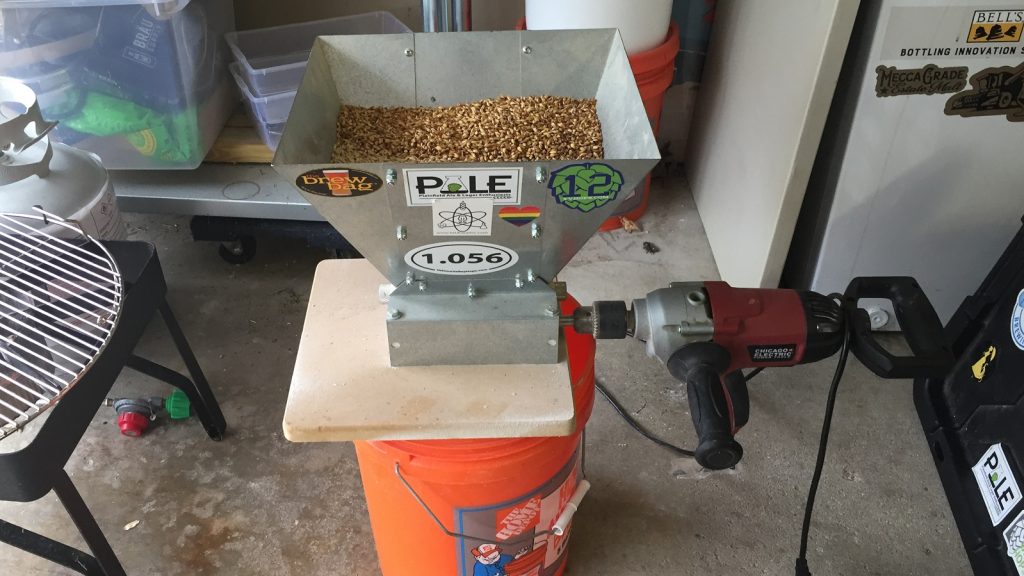
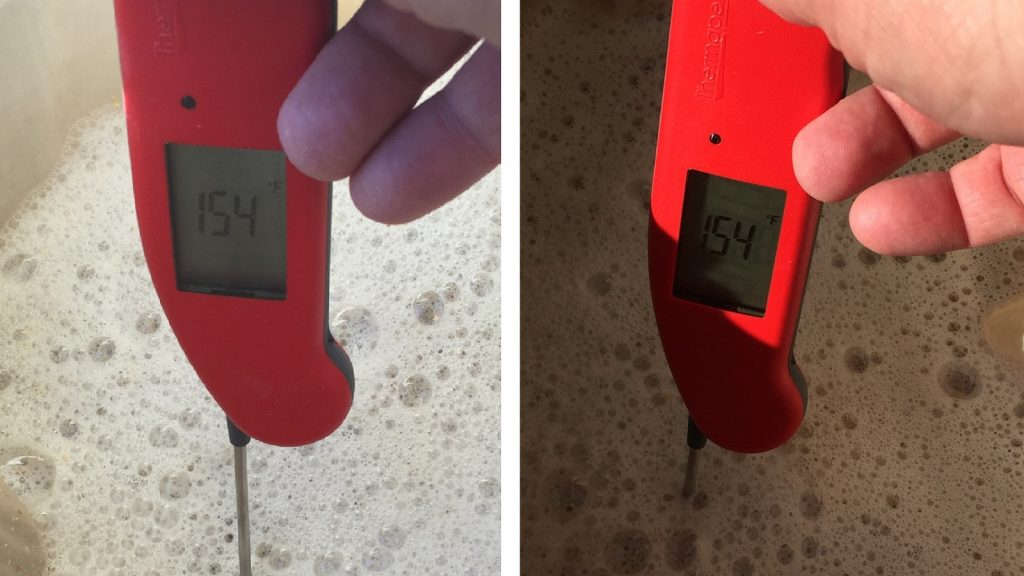
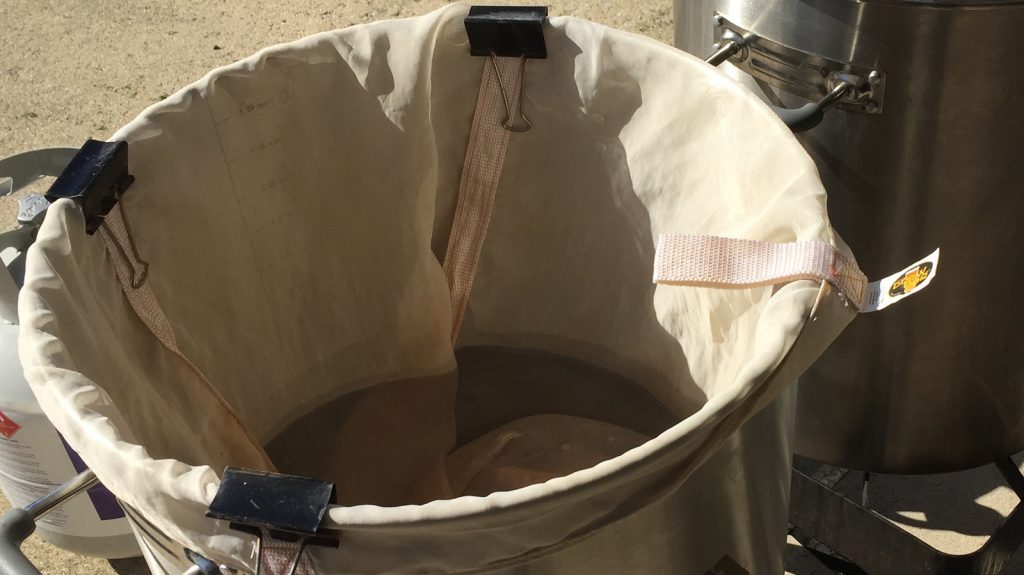
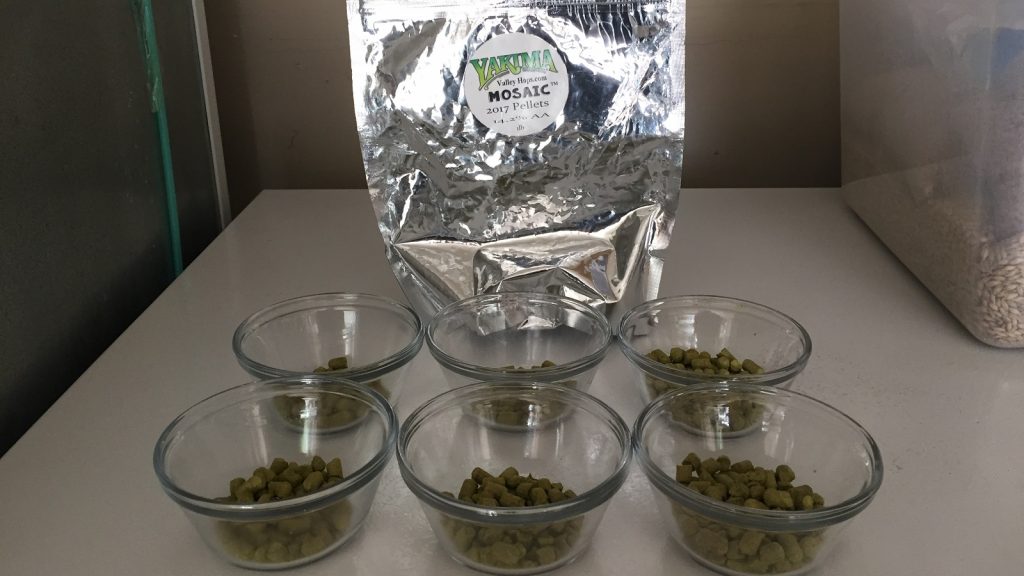
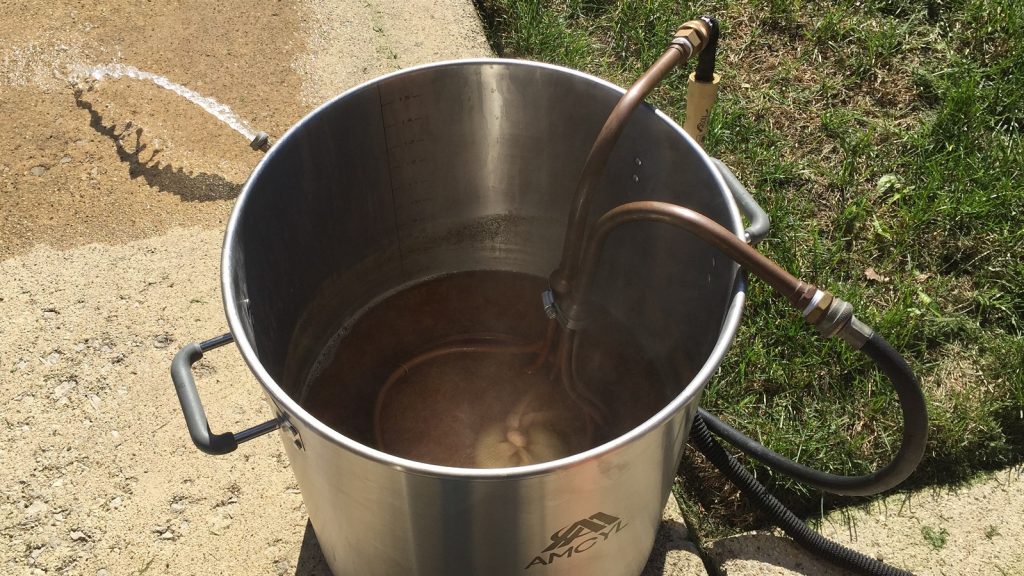
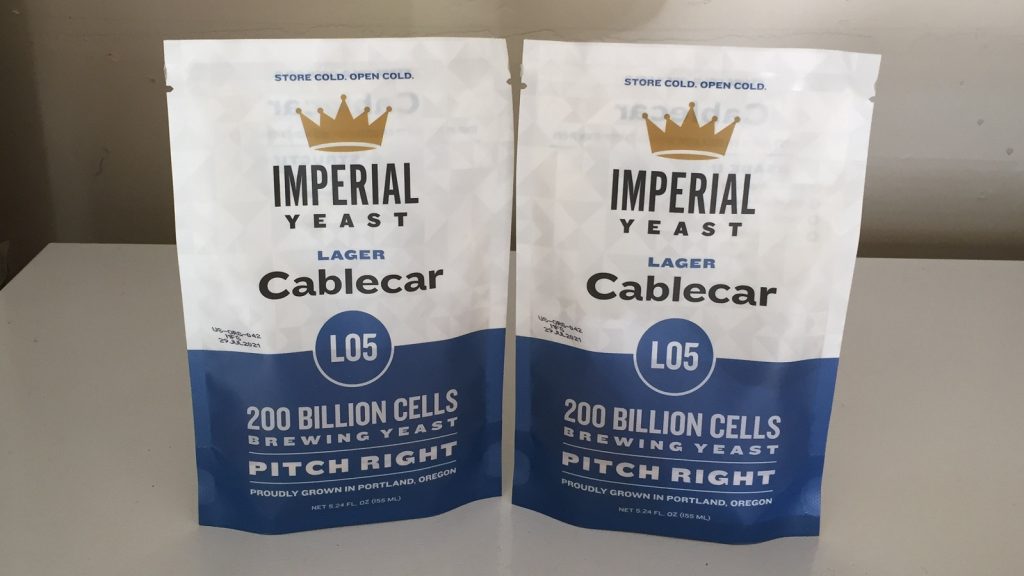











6 thoughts on “exBEERiment | Rye Malt vs. Flaked Rye In An American Pale Ale”
Thank you for this exBEERiment.
Having used both, I was pretty sure my beers made with malted rye were be “better” than those incorporating the flakes… this make me think it is a bias.
Anyway I like rye wherever it is. I opened a roggen yesterday that I brewed 1 year and half ago, and it is still damn good!
If lautering was not such a diifculty, I would use rye in much more brewing sessions.
Interesting that you perceived the flaked rye beer as being slightly sweeter even though it had a lower FG (and thus presumably less residual sugars). Another datapoint for the suggestion that lower attenuation does not necessarily equal sweeter!
This comment is about statistical analysis, and not so much about this particular exbeeriment. I note that a significance level of p=0.05 is always used. This is, of course, a subject decision. For those not familiar with stats, p is the probability that we conclude no difference when in fact there is one. How was 0.05 selected as the right probability? I am not sure why, other than that this a common probability used in introductory statistics courses. I have seen several exbeeriments with a conclusion of no difference. However, if probabilities of 0.1 or 0.2 were to be applied the conclusion would change. What is the right p? The reality is that things are not that cut and dry. I appreciate that the actual value of p is also provided. In this case p=0.19 indicates to me a weak ability among tasters to distinguish. Cheers!
p=0.19 does not indicated a weak ability among tasters to distinguish. It indicates a weak ability of the experimentalist to conclude that tasters could distinguish.
I know the article is old, but just finished listening to the podcast.
What was the reasoning behind the choice of a cal common yeast for the APA? Does it bring something extra to the beer, or only with Rye, or did you just have that on hand?
I used L05 Cablecar since it was what I had on hand at the time.